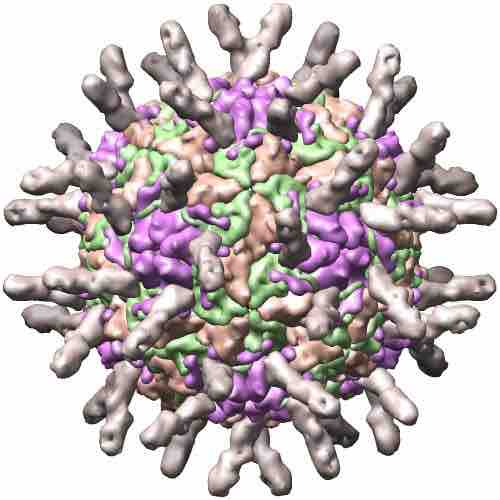Factors Limiting Viral Infection
A host is an organism that harbors a parasite or a mutual or commensal symbiont, typically providing nourishment and shelter. Resistance to and recovery from viral infections depend on the interactions that occur between the virus and the host. The defenses mounted by the host may act directly on the virus or indirectly on virus replication by altering or killing the infected cell. Non-specific host defenses function early in an encounter with a virus to prevent or limit infection, while the specific host defenses function after infection in recovery to provide immunity for subsequent challenges.
The host defense mechanisms involved in a particular viral infection will vary depending on the virus, dose, and portal of entry. The host has many barriers against infection that are inherent in the organism. These represent the first line of defense, which functions to prevent or limit infection Examples of natural barriers include but are not limited to skin, the expression of surface receptors such as CD4, complement receptors, glycophorin, intercelullar adhesion molecule 1 (ICAM-1) , mucus, a ciliated epithelium, low pH, and humoral and cellular components.

ICAM-1
structure of ICAM-1 molecule that enables viruses to bind to host's cell membrane.
The host range of the virus will depend upon the presence of the receptors described above. If a host lacks the receptor for a virus, or if the host cell lacks some component necessary for the replication of a virus, the host will inherently be resistant to that virus. For example, mice lack the receptors for polio viruses and thus are resistant to polio virus. Similarly, humans are inherently resistant to plant and many animal viruses.